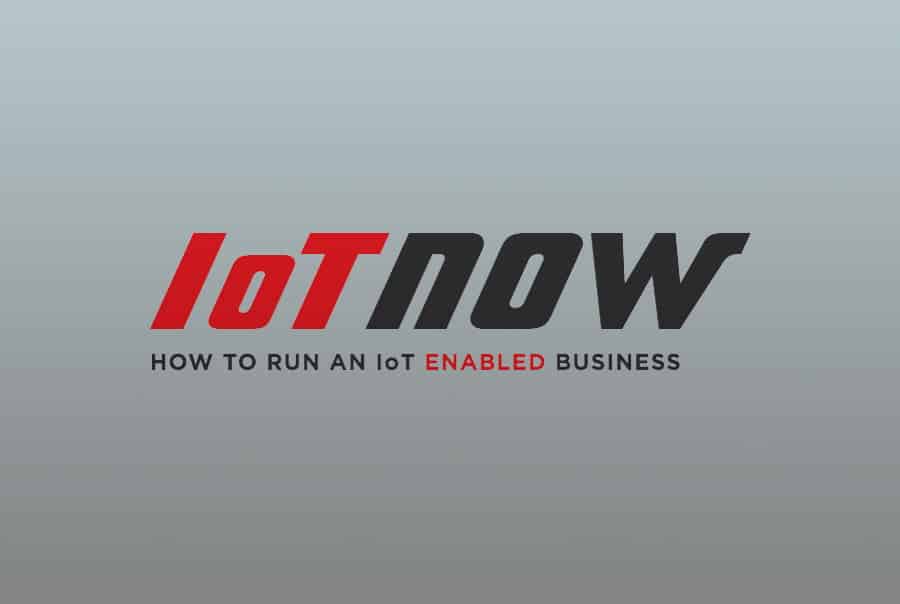The origins of coin-operated vending hark back to 215 B.C in Alexandria when it was used to dispense holy water in temples. 2,000 years later, vending is a billion pound industry, with nearly half a million machines operating throughout the UK.
In terms of technology, things have progressed rapidly in recent years. Finland led the way in 1997 when a customer was able to buy a Coca-Cola via SMS. The Internet of Things is now firmly on the agenda for both businesses and individuals, with IDC predicting that the market will grow 19% in 2015.
Yet the vending industry still seems to be lagging behind, with less than 20% of machines able to take cashless payments, and fewer still deemed truly “intelligent”. This may be partly because the sector contains over 550 operating companies, making it somewhat fragmented. With the explosion in mobile ownership and the growth of contactless payments, however, we can expect to see vending machine manufacturers moving to catch up very soon – not least because the millennials driving these changes are also an important market for machine vendors.
There are a huge number of benefits from embracing connected devices in the vending market; from cost savings and revenue optimisation to operational efficiency and customer service.
Cashless vending
Fumbling with cash, not having the right change, and rejected coins often cause consumers to abandon a purchase at a vending machine. The rise of contactless cards and mobile payment tools such as Apple Pay means this will soon be a thing of the past; we will simply hold up our phone to the vending machine, enter our thumbprint and the transaction will be complete. As the likes of Google and PayPal develop increasingly seamless payment processes, the likelihood of impulse purchases will grow, as consumers no longer need to have the right change ready and waiting.
Real-time reporting
Connected machines will provide vending operators with the ability to react fast to changes in demand. Previously, machines may have been checked once or twice a week and re-stocked. This means that items may be running low for several days without the vendor or distributor knowing, creating a missed opportunity. In future, it will be possible to identify which products are experiencing a spike in sales, as well as which are less popular.
This data can then be integrated with external information, such as the weather forecast. A decision may be made not to re-stock a machine that is running low on ice-cold drinks, for example, because heavy snow is expected. This type of sales intelligence can then be fed through to help improve areas including merchandising.
Connected devices also provide real-time data around whether the machine is experiencing a fault or is out of service, helping operators to reduce potential downtime as a result.
Multimedia
Vending operators are increasingly looking at more ways in which to engage, inspire and communicate. As a result, we’re seeing an upsurge in the delivery of digital content such as promotions, videos and advertising campaigns on vending systems.
Typically, these will be used at high-traffic sites such as concert venues where vendors will be able to provide content tailored to a specific audience, with messages updated in real-time. For example, a machine located at a football stadium may flash up with the word ‘score!’ every time there is a goal. For vendors, the ability to create dynamic and tailored content is a hugely attractive proposition when considering new sources of advertising revenues.
The Opportunity Cost
The UK vending community currently generates approximately £1.7 billion every year. The rise of mobile payments presents a huge opportunity for vending machine operators to accelerate the deployment of connected devices and increase this amount dramatically.
Yes, there is an investment to be made in the new technologies, but to be ready to seize the opportunity vending operators need to weigh the cost of smart machines against the missed opportunity from failing to cater for the new generation of millennials – with money to spend but no coins in their pocket.
This article first appeared in IoT Now – http://www.iot-now.com/2015/08/07/35664-the-future-of-intelligent-vending/
